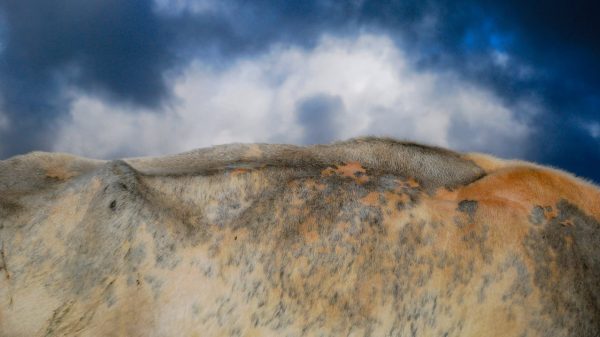Article from: Art News
The newly discovered temple was functional between the 1st century CE and the 4th century CE, according to the Dutch cultural heritage agency, and would have been frequented by Roman soldiers defending the border against neighboring Germanic tribes.
Peter Drenth, the heritage agency’s commissioner, said in a statement that the temple was “a beautiful site” and that archaeological research into it would continue.
Several dozen votive stones that would have originally functioned as altars were also found at the site. They had been placed there, the Dutch cultural heritage agency said, “by high-ranking soldiers to fulfill a certain vow.” Some were dedicated to deities such as Jupiter-Serapis and Mercury.
These votive stones had been put in place by none other than members of the army themselves, and there may have also been a large well nearby, too. The stones served an important function for the soldiers.
“They thanked a god or goddess for fulfilling their wish,” the cultural heritage agency said.
source
Article from: Art News


























